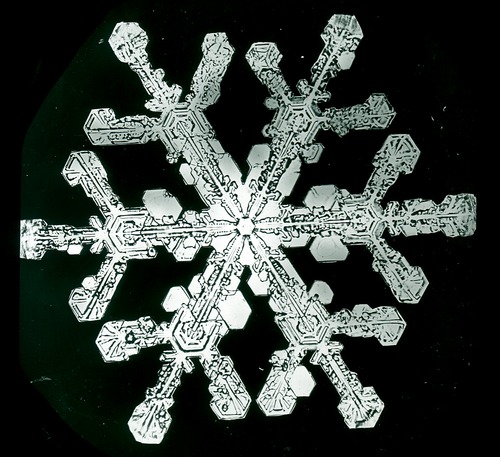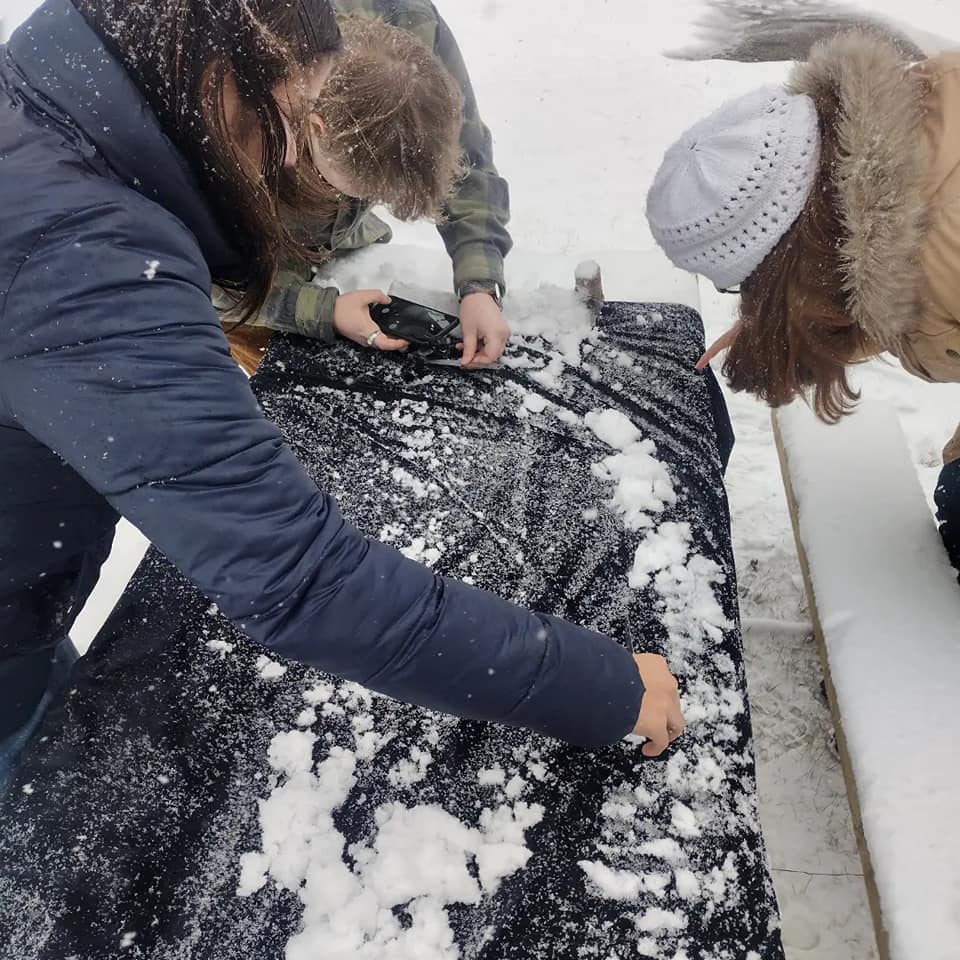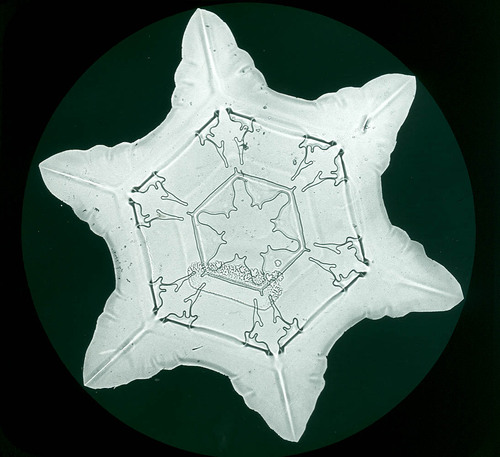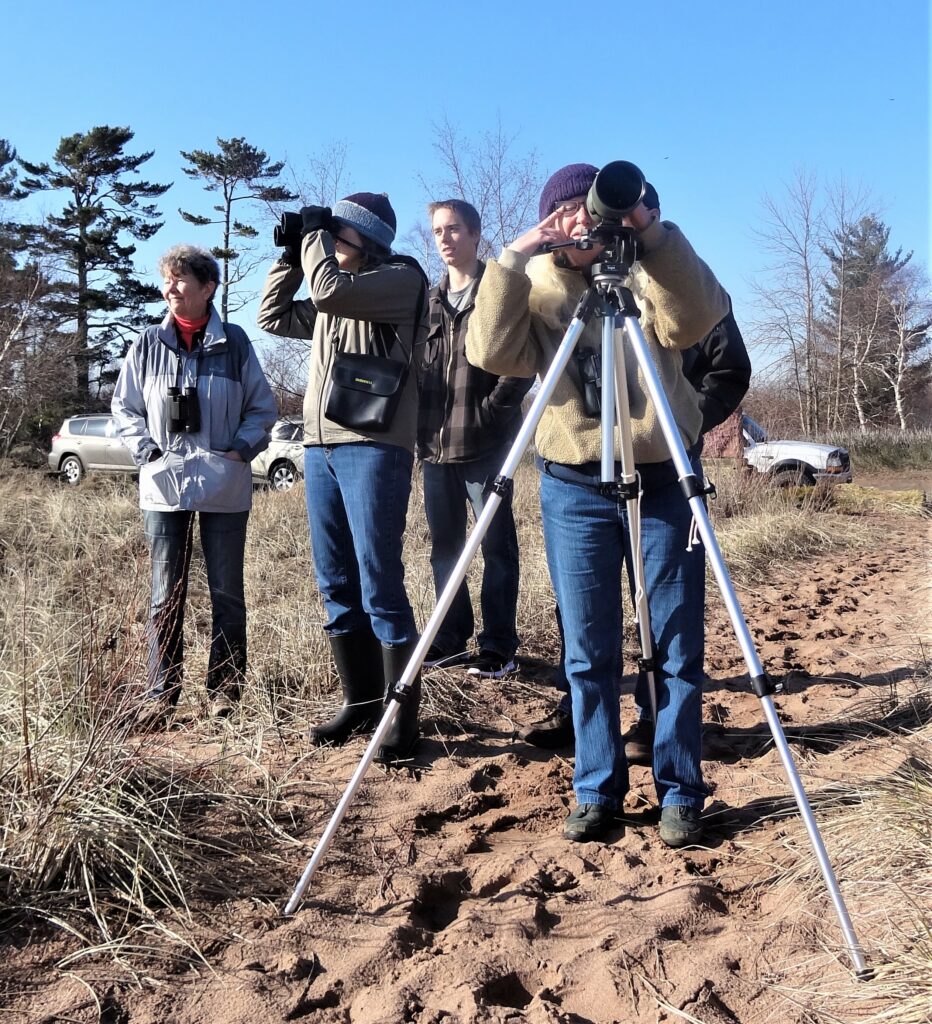Bird songs may ease the blues
The Great Lakes region’s more than 300 bird species may provide valuable mental health benefits.
A recent study from Carleton University in Ontario shows there are fewer mental health-related hospitalizations in Michigan areas with high bird diversity.
The post Bird songs may ease the blues first appeared on Great Lakes Echo.Great Lakes Echo
http://greatlakesecho.org/2023/10/06/bird-songs-may-ease-the-blues/



























